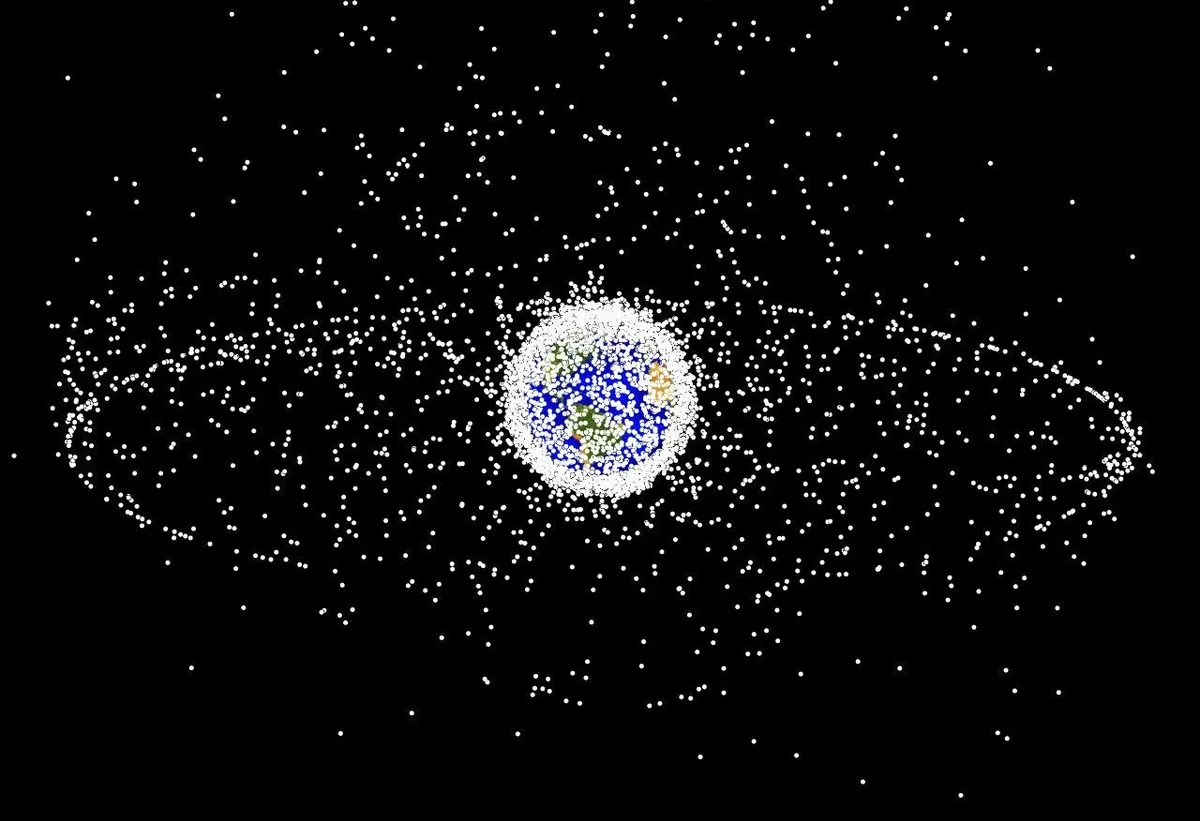Dr Alice Gorman is known as 'Dr Space Junk' for a good reason. She's one of the leading experts in the field of space archaeology, and spends much of her time researching the physical heritage of human space exploration: the bits we leave behind.
'Space junk' could ultimately refer to any of the detritus and monuments deposited among the Solar System by space travel, from defunct planet-exploring rovers and orbiters to bags of poo left on the Moon by Apollo astronauts.
Her first book Dr Space Junk vs the Universe was published in April 2019, and BBC Sky at Night Magazine got the opportunity to chat to Dr Gorman about the cosmic artefacts our species is leaving behind as it explores the Universe.
How did you go from archaeologist to space junk enthusiast?
I was a regular archaeologist for most of my career – I specialised in the study of stone tools, but I’d always had a secret ambition to be an astrophysicist.
One day, while looking up at the night sky, it struck me like a bolt from the blue that Earth was circled by space junk.
Studying what people discard is pretty much what archaeologists do, no matter what the time period. I’m just working on a more recent type of artefact.
Are you worried we're filling the Solar System with human-made objects? Are we cosmic fly-tipping?
I don’t think we should unnecessarily pollute the Solar System, but I don’t think every human artefact should be regarded as toxic trash, either.
Archaeological sites in space are the material evidence of one planet and its history in the Galaxy.
We need to find the right balance between acknowledging our heritage and being responsible citizens of space.
If nothing is done, then we might well create a prison planet, where the bars are deadly high-speed space junk missiles.

What would an extra-terrestrial visitor to our Solar System make of the orbiters, satellites and rovers strewn about?
I think they’d be fascinated. They’ll look at these spacecraft as evidence of the values of the society that made them, and they’ll have very different senses and perspectives to make this assessment!
At the moment, space culture is mostly robotic. The visitors might conclude that we have very fragile bodies that can’t survive in space.
We haven’t yet become space cyborgs, capable of adapting to many different types of gravity.
What are your favourite bits of human space junk?
I have so many favourites! One is Vanguard 1, the oldest human object in Earth orbit, launched in 1958.
Another is Australis Oscar V, an Australian student-built satellite launched in 1970.
At the moment, though, I’m becoming more interested in the millions of tiny dust particles resulting from the decay of spacecraft in Earth orbit.
They’re orbiting in the company of cosmic and interplanetary dust.
I’m thinking about what these means for how we characterise the near-Earth space environment.
